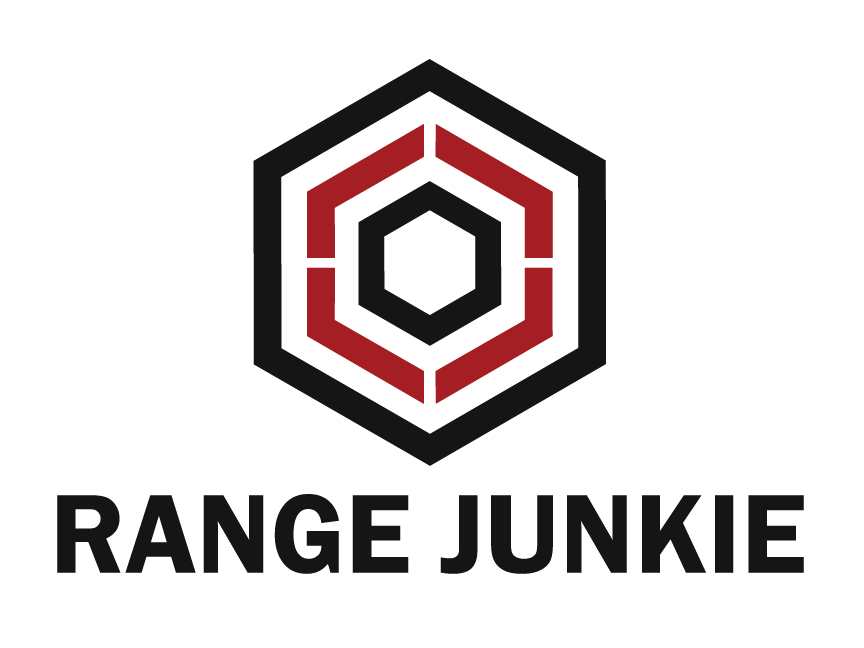In IPSC, everything comes down to this:
Hit Factor = Total Points ÷ Time
But here’s the twist: not all points are created equal.
Whether you're shooting Major or Minor power factor changes how hits are scored — and how you should think about speed versus accuracy. This blog dives into the real-world strategy behind that equation and how to apply it smartly on match day.
Understanding Hit Factor
Hit Factor is simple on paper:
-
More points in less time equals a better score.
-
Your challenge is to optimize that balance: when to shoot faster, when to take an extra beat to land that A-zone.
But the scoring system changes depending on your declared power factor — so let’s get that clear first.
Major vs. Minor Scoring Breakdown
| Scoring Zone | Major Power Factor | Minor Power Factor |
|---|---|---|
| A-zone | 5 points | 5 points |
| C-zone | 4 points | 3 points |
| D-zone | 2 points | 1 point |
| Miss / No-shoot | -10 points | -10 points |
Bottom Line:
-
In Major, you can get away with a few C and even D hits—time becomes more valuable.
-
In Minor, the point drop from A to C is a full 2 points—you need to be much more accurate.
When to Prioritize Speed
Speed works best when the risks are low and efficiency gains are high. Look for:
-
Close-range targets (under 10m)
-
No partials, hardcover, or no-shoots
-
Short stages or classifiers, where tenths of a second dramatically impact hit factor
-
Wide-open arrays, where you can shoot aggressively
-
You're shooting Major, and point penalties are softened
When to Prioritize Accuracy
Clean shooting is the only option when:
-
You're shooting Minor, where each point is worth more
-
The stage has tight shots, no-shoots, or hardcover
-
You’re facing long-distance targets
-
You’re running a long course (30+ rounds) and can’t afford cumulative point bleed
-
You’re shooting for classification or under match pressure, where a miss can cost more than just one stage
COMPETING VS. TRAINING: TWO DIFFERENT MINDSETS
Here’s where a lot of newer shooters get confused — they try to compete the way they train, or worse, train the way they compete.
In Training: Aim for A-Zone Only
-
Your baseline should be A-zone discipline, every time.
-
Training is where you build the mechanics of trigger control, grip, sight tracking, and precision under pressure.
-
You want to wire your brain and hands to default to accuracy.
-
Running drills and accepting C or D hits “because they’re fast” will condition sloppy habits.
In Competition: Make Smart Trade-offs
-
You should apply what you trained, but know where it makes sense to trade a C for a time gain.
-
The goal is to execute your plan — and sometimes, a clean A-A hit isn’t worth an extra second.
-
But you won’t know where that line is unless your training taught you what clean shooting looks and feels like.
Train for precision. Compete for efficiency.
This mindset shift is crucial. Training for As makes you accurate enough to choose when and where to accept a C during competition — not the other way around.
The Math Behind the Strategy
Let’s get concrete:
| Scenario | Minor | Major |
|---|---|---|
| A → C hit (2 pt drop) to save 0.2 sec | ❌ No | ✅ Often |
| One miss to save 1.0 sec | ❌ No | ❌ No |
| All Cs instead of As, 25% faster | ❌ Costly | ✅ Acceptable |
| A-D mix, shot fast | ❌ Never worth it | ⚠️ Risky but sometimes recoverable |
| Take an extra 0.3 sec to go A-A | ✅ Often smart | ✅ Smart on partials or tough shots |
Final Thoughts
Practical shooting isn’t just about going fast or being accurate — it’s about knowing when to be which. The best competitors build their skill in training, and apply it selectively in matches.
In training, you sharpen your blade. In competition, you choose how to swing it.
“Speed wins stages. Accuracy wins matches. Discipline wins championships.”


Share:
Locked and Loaded: Protecting Yourself from Lead Exposure in the Shooting Sports
Closet Range Junkies – The Silent Majority in Canadian Gun Culture